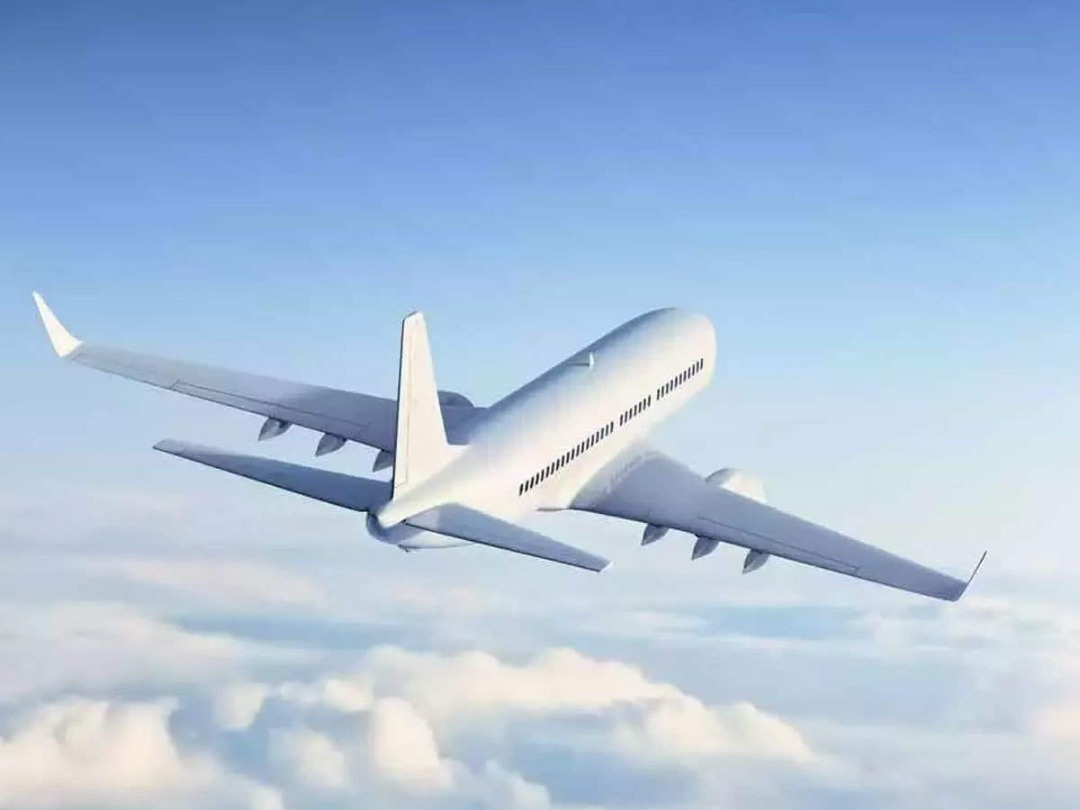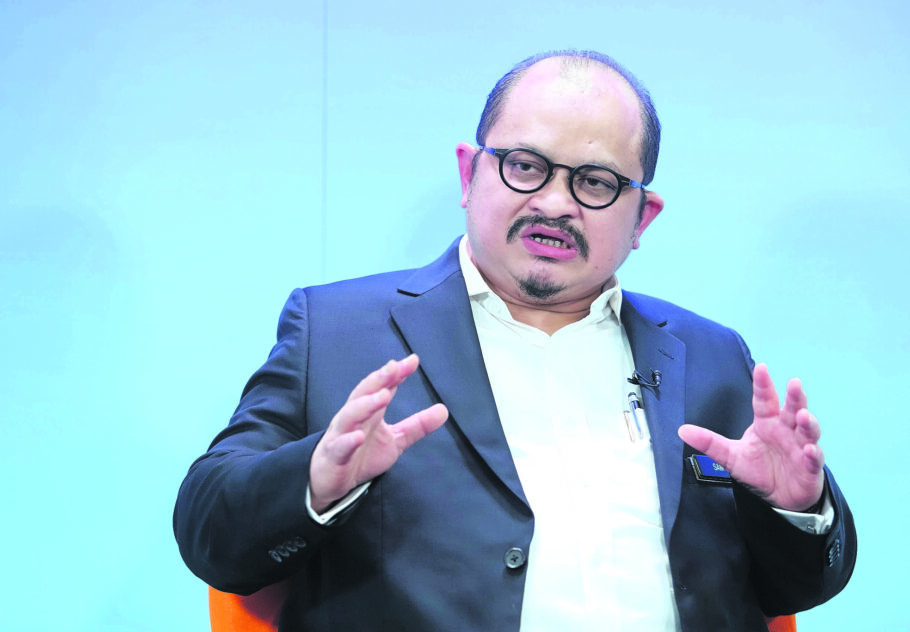NOT intending to curtail the farsightedness of Malaysian entrepreneurs with a knack for the aviation industry, there is a need, however, to realistically weigh the risk and reward factor – at best, to the depth of the Pacific Ocean.
This comes as the Malaysian Aviation Commission (MAVCOM) has recently approved a second addition this year to its list of home-grown airlines – MYAirline Sdn Bhd (MYAirline) – which takes the shape of an ultra low-cost carrier (ULCC).
According to theedgemarkets.com, MYAirline has been granted a 12-month air service licence (ASL) which is valid from Jan 1 to Dec 31, 2022.
On Jan 1, MAVCOM has also accorded Johor-based SKS Airways a full ASL with the airline harbouring ambition to focus on unserved and underserved routes destinations by focusing first on popular island-based resorts and coastal resorts with connections to major cities within Peninsular Malaysia.
SKS Airways’ ASL is effective for 36 months or three years from Jan 1, 2022 to Dec 31, 2024.
“MYAirline’s plan is to build an airline business in Malaysia and maybe challenge AirAsia for dominance,” a source told theedgemarkets.com.
The source rationalised that now is a good time to start a new airline as aircraft lessors are desperate for business which makes for super cheap leasing rates while pilots and flight crew who were retrenched during the COVID-19 pandemic could also be hired at reasonable salaries.
“A new airline starting from scratch means it has a fresh balance sheet which is not damaged by the pandemic,” the source added.
Even as aftermath of the COVID-19 economic devastation is oft-perceived as “blue skies” with borders gradually re-opening and travel restrictions lifted, the recent plunge of AirAsia Group Bhd into the Practice Note 17 (PN17) status is testament that the aviation industry is wrought with turbulence from all corners.
Even with ocean-deep deep pockets, this is obviously an industry not suited for the faint-hearted nor for high-flying investors who merely want to seek thrill, amusement and self-satisfaction.
There is certainly no room for trial and error here as opposed to the say, the food & beverage (F&B) industry, whereby menu can be easily tweaked to satisfy taste buds of diners.
Recall how Rayani Air which took off amid much fanfare on Dec 20, 2015 – priding itself as a Shariah-compliant airline – had its ASL revoked for breaching the conditions of its licence as well as lacking the financial and management capacity to continue operating as a commercial airline.

Even national carrier Malaysia Airlines is besieged by financial woes which were further exacerbated by the COVID-19 pandemic. At the height of the pandemic, the airline was operating with 75% of its aircraft grounded due to travel restrictions, thus impacting its capacity and income.
“Two new airlines entering the domestic market together with AirAsia, Malindo and MAS (Malaysia Airlines) which are already operating domestic flights while at the same time the Government is trying to re-activate the HSR (high speed rail) between Kuala Lumpur and Singapore after originally cancelling it with double-tracking rail lines from the Thai border to Johor Baru and the ECRL (East Coast Rail Link) progressing,” noted a market observer.
“I really wonder whether the Government has a National Transportation Strategic Master Plan to address the transportation needs for Malaysia moving forward.”
MAVCOM has projected “a best case scenario” for 2022’s total air passenger traffic of between 32.6 million and 49 million which means a recovery of 30% to 45% from 2019’s total air passenger traffic of 109.2 million. It estimated 2021’s air passenger traffic to total 6.9 million to 7.8 million passengers. – Jan 18, 2022









